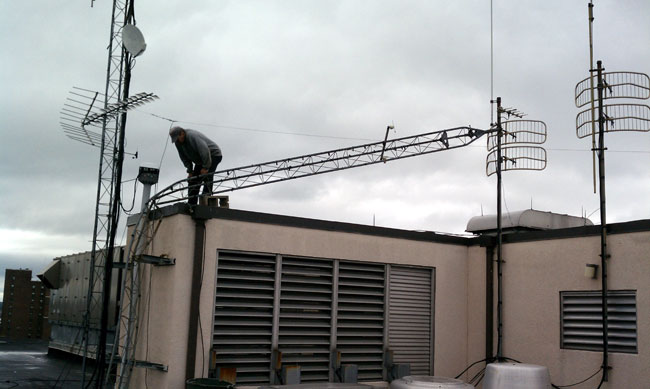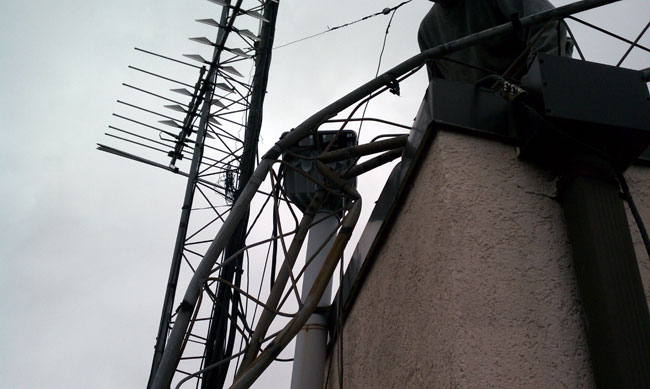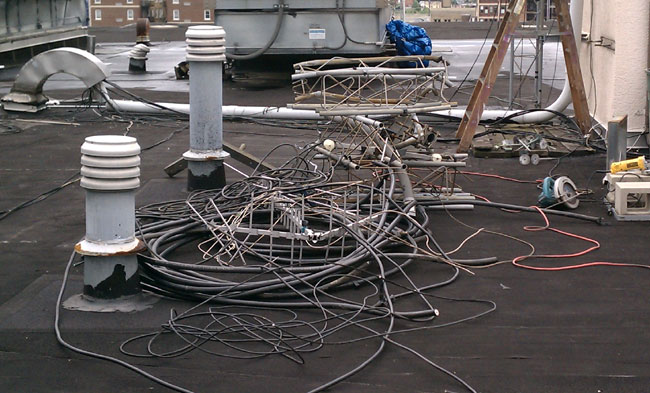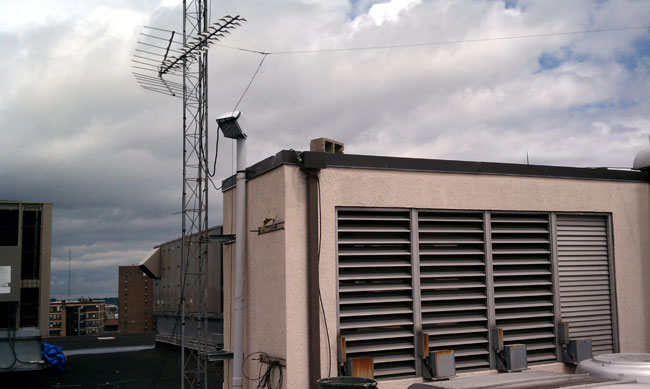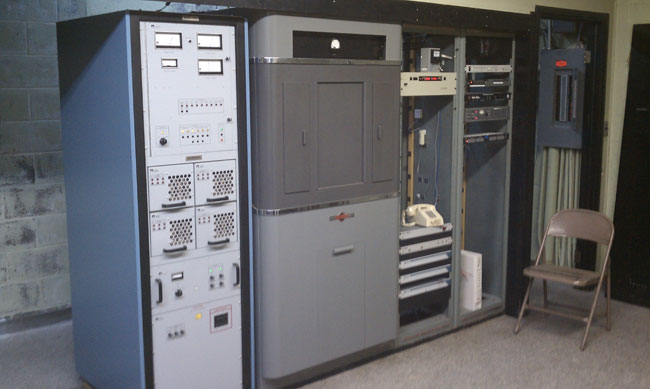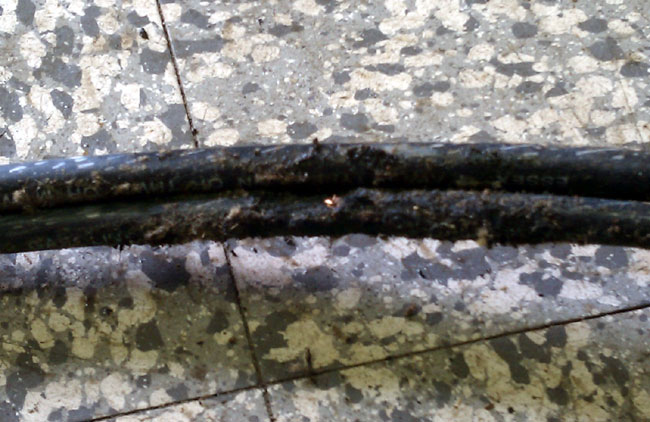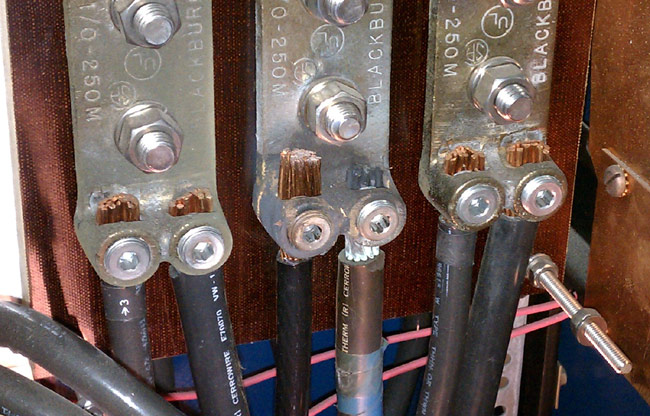With Hurricane Irene taking aim at the northeast, now is the time to make preparations for bad weather. This is the five-day forecast:
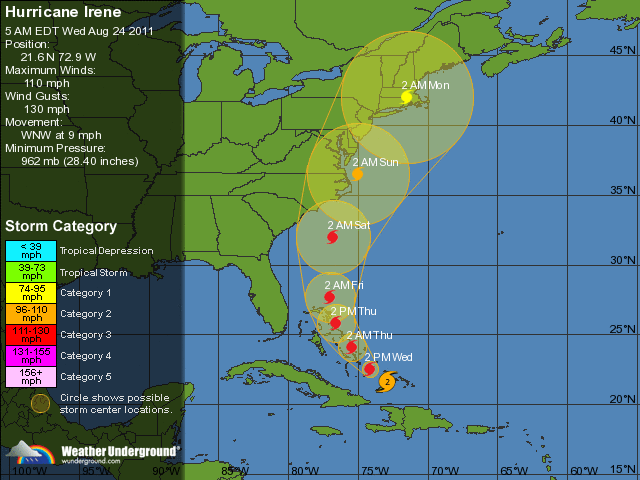
Now, five-day forecasts are notoriously inaccurate. There are too many variables to make it accurate and even the most seasoned meteorologist will admit, it is an educated guess. However, the large semi-transparent disk is almost always accurate. Therefore, it seems we may be in for a bit of a storm this weekend, with the eastern end of Long Island and Newport/Providence RI in the landfall area. The Bridgeport, CT stations will likely see the worst of it if the storm follows the predicted course.
Having a good disaster recovery program in place reduces much of the pre-storm work. This includes backup equipment and personnel allocations to keep the stations on the air and provide valuable information during the event. Wherever and whenever our clients allow us, we make sure that these systems are properly designed, installed, and working. When trouble is milling about offshore in the form of a Hurricane, then we make a few final preparations, both personally and for the clients:
- Top off all generator fuel tanks and test them. This includes my home generator.
- Make sure all loose items are secured.
- Make sure other redundant systems; backup transmitters, backup STLs, and backup transmitter sites are in order and ready to be deployed.
- Check the personal safety items; first aid kit, rain gear, flashlight batteries, work gloves, eye protection, hard hat, some type of energy food, and extra water are in the truck.
- Get out a clean sleeping bag and a set of clean dry clothes and put them in the truck.
- Gas up the chain saw and put it in the truck with extra gas, bar oil, and blade sharpener.
During the event, it is important to recognize when a situation is too dangerous to proceed and wait for the danger to subside. Examples of this are local flooding of roadways, downed power lines, high winds, and or electrical storms while working at transmitter sites.
Radio may have lost much of its relevance as an entertainment medium, however, there is still one thing it does very well; broadcast emergency communications and information to the public.
Update: As of 5 am 8/25 it looks as if the hurricane is making a b-line toward Bridgeport, CT. Most of the computer models are now in agreement which means the forecast is getting a better handle on the variables and is becoming more accurate. Strength is still somewhat debatable, but even a Category 1 storm could do significant damage. We shall see.
Update 2: As of 5 pm 8/26, Irene is still on course for the greater NYC/Long Island sound area. As much as possible, preparations are complete. There are some things that cannot be helped, like the height above the mean sea level of the WICC and WEBE transmitter sites (10 feet) or the lack of a generator at WXPK studios, etc. Estimates are for Hurricane-force winds by this time tomorrow, so the only thing left to do now is get a good night’s sleep. Tomorrow may be one of those long days.
Here is an interesting thing; several people have suggested that IBOC signals on both AM and FM NYC stations be turned off so that smaller local stations will be listenable to local residents in NJ and Long Island. A secondary consideration would be the amount of power IBOC uses and the possibility of backup generators running out of fuel to run something that has little or no audience. If that isn’t telling….
It should be interesting.

